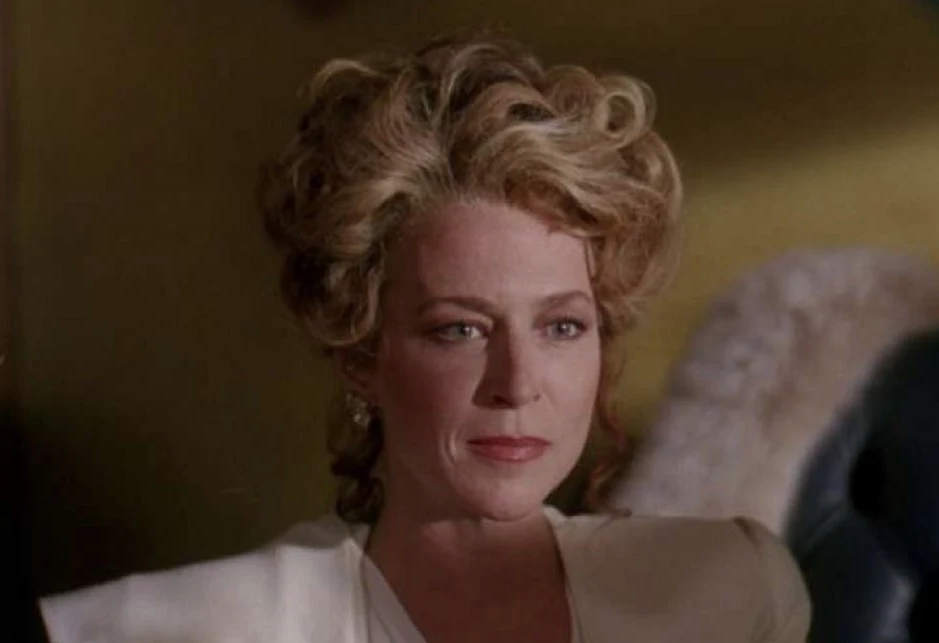What to Watch: Beating the Tank in ‘Major League’

[the_ad_placement id=”content-placement-after-3rd-paragraph”]THE STORY: In about their entire existence, the Cleveland Indians have been putrid. The longtime owner has just passed away before spring training, so enter Rachel Phelps (Margaret Whitten), his cold, wicked, and ex-showgirl wife. She is now in charge as owner and has plans to move the team to Miami due to her hate of Cleveland.
Only one problem: The Indians are locked into a stadium lease, and the only way to void it is if attendance falls under 800,000 fans total for the season. To achieve this dubious “goal” and get the team moved, she conspires to field the worst team ever conceived on a baseball field, such as has-been all-star catcher Jake Taylor (Tom Berenger), uninvited speed demon Willie Mays Hayes (Wesley Snipes), voodoo power slugger Pedro Cerrano (Dennis Haysbert), and the imprisoned flamethrower Rick Vaughn (Charlie Sheen). With this sad sack of a squad, there is no way this team could ever think about contending, right?

WHAT TO LOOK FOR: We’re rapidly coming up on the 30th anniversary of Major League. Released on the 7th day of April in 1989, the movie is always considered one of the best sports comedies, though it rarely seems to be brought up when discussing the best sports movies, period. Doing that is underrating the pop in Major League’s bat.
Any movie lives and dies to some extent with its casting. With that said, sports movies might be the genre where it matters most. Rocky, Any Given Sunday, Rudy, White Men Can’t Jump, etc. would never be hailed in the high regard they do without a spot-on cast. Director David S. Ward utilized a few camera tricks and workarounds to make his actors appear like legitimate MLB players, such as slow-motion running, and moving up the mound 10 feet along with shooting the pitching from behind home plate to simulate a faster miles-per-hour. Still, it takes two to tango, and it helped that so many of the cast members—some slightly unknown at the time—either had natural athleticism (Snipes), played baseball at one point in their lives (Berenger, Chelcie Ross, Corbin Bernsen, and Sheen, who could legitimately throw 85 mph with the help of steroids), or actually could slug a baseball out of a major league park when called for (Haysbert). Even real-life play-by-play commentator Bob Uecker gave birth to many quotables as the unforgettable Harry Doyle. Everyone took their jobs seriously, probably in part because they had been exposed to the game before, and even if they hadn’t like Snipes, they all underwent a bootcamp that taught them the basics of baseball.
An aspect that has aged quite well, almost to the point of future forecasting, is the whole “tank” aspect of the film. For those who don’t know, tanking is when professional teams try to intentionally lose by putting out less-than-competitive lineups and signing marginal players. In 1989, the idea of having ownership be all-in on fielding a bad product in order to land in a better city seems comical, and it’s played up as such in Major League. In 2019? Happens all the time with nary a laugh to be had. Many sports teams (especially in the NBA) have been fined and disciplined for not putting their best foot forward to win games to score top prospects through draft systems that often reward the worst teams, and it makes a ton of sense.

A GREAT MOMENT: Has to be “the Pennant Fever montage.” Most people probably know this as the brilliant montage scene that follows after the Indians find out that all of the cost-cutting measures Phelps instituted came out of an effort to make the squad all-time bad. It’s an effort that Phelps is failing at, for the Indians—despite the lowest of wins projections—have fought to 60-61; proving to be quite the talented and up-and-coming bunch. In one galvanizing moment, Jake says a phrase that spurs The Tribe for the rest of their season “Win the whole f*****g thing.” With nothing to lose and fueled by a cardboard cutout of their owner who was once a stripper complete with detachable pieces each time they win; Cleveland goes on a tear that leads them to a one-game playoff against the Yankees for the division.

As stated, Major League is rightfully hailed as an all-time sports comedy. However, from the Pennant Fever scene to the end of runtime, Major League shifts its approach from laugh-focus to high-time sports drama and the shift is seamless. Now, the film doesn’t completely forego humor; it’s peppered here and there, but Ward does the right thing in letting his underdog story and the build to it crescendo, punctuated by an amazing moment that sees the Indians take the field before their one-game playoff. The entire production of the last 30 minutes is impressively shot, with underrated cinematography and a brief-yet-strong score, some of it written by multi-time Oscar nominee James Newton Howard. That taking-the-field moment though is one that always induces chills, no matter how many times a person watches it.
THE TALLY: Almost 30 years later, Major League has lost nothing on its fastball. This baseball movie still carries a lot of heat, and it’s What to Watch.
